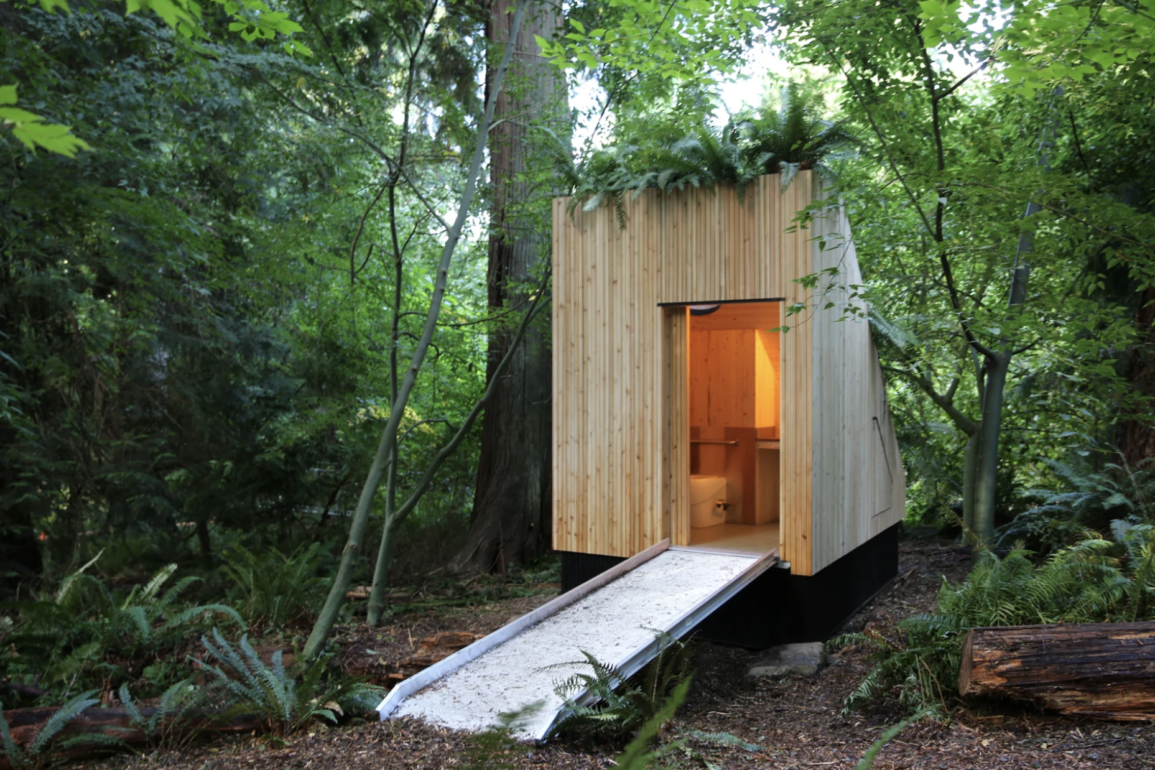Generally speaking, if mushrooms are sprouting around your toilet, you’ve got a serious problem. But researchers at the University of British Columbia have flipped that assumption on its head, by building the world’s first mushroom-powered toilet.
Yes, really.
Earlier this month, a prototype of what’s being called the MycoToilet made its debut. Instead of water and pipes, it uses mycelia, the root networks of mushrooms, to transform human waste into compost.
A six-week pilot is now underway to see how well it works. If successful, researchers say the design could yield up to 21 cubic feet of soil and more than 529 gallons of liquid fertilizer every year.
It’s an unexpected twist on one of the most familiar fixtures in modern life. Toilets haven’t exactly been a hotbed of innovation since the outhouse gave way to indoor plumbing in the early 20th century.
The flush toilet itself dates back to 1596. But as project leader Joseph Dahmen, an associate professor at UBC’s school of architecture and landscape architecture, put it: “We wanted to turn a daily routine everyone knows into a pleasant experience that reminds us of our connection to ecological cycles.”
How It Works
Once a person finishes their business, the system separates liquids from solids. Number twos are diverted into a compartment lined with mycelium, where fungi absorb odors while microbes break everything down into compost.
To be clear, the mushrooms don’t eliminate all smells, tests show they neutralize about 90 percent of the compounds responsible for the stink. A small fan helps handle the rest.
The fungi are more than just nature’s deodorizer. They also release enzymes that break down waste into simpler compounds, speeding up decomposition. And unlike your standard porcelain fixture, the MycoToilet uses no water, no chemicals, and no electricity.
The prototype, clad in cedar rather than the mushroom-shaped shell you might expect, is designed to be wheelchair accessible and requires just four maintenance visits a year.
For now, you’ll find the toilet tucked into UBC’s botanical garden in Vancouver, surrounded by ferns and rhododendrons. It’s a fitting location: back in 1987, a scientist at the same garden discovered a previously unidentified species there, the infamous Death Cap mushroom.
Sadly for mushroom humorists, the stinkhorn mushroom isn’t native to the area.




